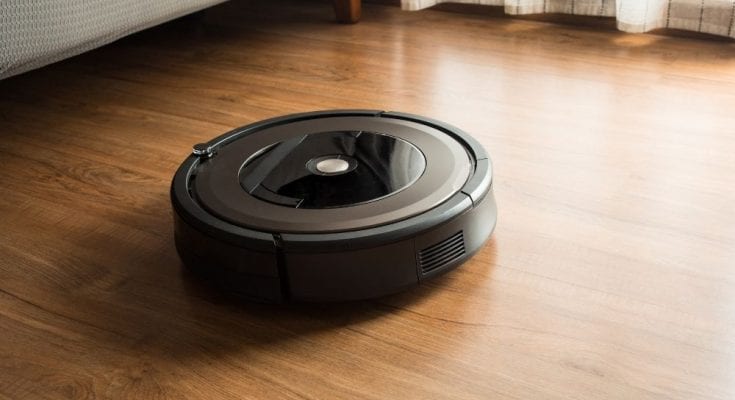Few products are quite as easily identified as the automatic vacuum. The disc-shaped appliance has been scooting across TV screens and household floors for decades now. To this day, they retain the same appeal to busy homemakers, curious kids, and cats who need a mobile seat. For anyone considering adding one of these curious dust destroyers to their home, it’s worth knowing the evolution of robotic vacuum cleaners to see how far they’ve come.
Introducing the Trilobite
While we have been playing with the idea of robots since 1920, functioning robotic cleaners have remained science fiction until very recently. The very first of its kind was, in fact, not a Roomba. Instead, Electrolux, a Swedish manufacturer, made the very first model in 1996. Like any appliance, it was made as a gadget that saves time. Unsurprisingly, it was a tad primitive and didn’t do extremely well.
The appliance, named the Trilobite, would roam houses in much the same manner. However, it had a penchant for slamming itself into anything and everything and could not recover gracefully from or avoid obstacles. It also had an acute aversion to walls, meaning homeowners had to clean up the perimeter of rooms.
Early Versions of Roombas
The idea was good, though; so much so that only one year later the American manufacturer, Dyson, came out with its own. The company had much more robust technology available to it than Electrolux, making the Roomba more successful. Although still not perfect, audiences responded well to have at least less to vacuum.
The first models could skillfully detect and avoid obstacles. If they did run into anything that blocked passage, early Roombas could simply switch directions and look for dust elsewhere. Additionally, they lacked a fear of walls and corners; instead, they had a healthy phobia of heights. The first models were advanced enough to detect and avoid sudden drops, such as stairs.
A Look at Roombas Today
The level of intelligence evident in the latest wave of Roombas is truly staggering. While you can still pick up cheaper models that will do the job, the high-end models have some interesting perks. These start with better traction across diverse floor surfaces—thick rugs have long been the nemesis of roaming robots. The evolution of robotic vacuum cleaners has superseded mere obstacles, though.
Now, advanced models not only explore your home but also actively map and remember it. In other words, they move super efficiently around spaces, rather than bopping back and forth at random. Finally, modern Roombas are quite good at cleaning. A decent model has capabilities on par with top-brand vacuums. In other words, they really will save you time by cleaning most of the house—you’ll still have to deal with any stairs yourself, though!
Additional Resources:
Scooters
Self Driving Electric Delivery Trucks



